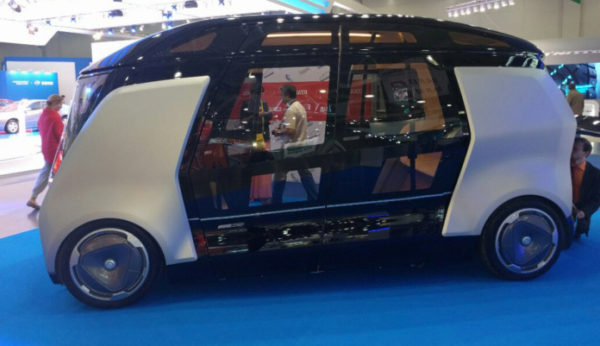Yandex enters the self-driving market with a shuttle bus
Yandex enters the self-driving market with a shuttle bus

Russian search giant Yandex has unveiled plans to build a self-driving shuttle bus, in cooperation with Daimler, Russian truck manufacturer Kamaz, and government-backed research firm NAMI.
It is Yandex’s first foray into the world of self-driving, following search rivals Google and Baidu. Instead of building all of the software and services, Yandex plans to work with NAMI on artificial intelligence, voice recognition, and cameras for the bus to see.
See Also: Are self-driving cars the next crime frontier?
As part of the agreement, the Yandex search engine will be front and center in the bus. Riders may be able to search the web, watch videos, and catch with friends while commuting to work or back home.
The shuttle bus will have room for 12 passengers and last for 200 km (124 miles) before needing a charge. Other details, like if the bus is electric, have not been disclosed in the announcement.
Yandex bus will hit road next year?
NAMI has said it will start testing the shuttle bus in 2017, but the tests will not be on public roads. That puts Russia behind some states in the U.S., and some Asian and European countries, which already let auto manufacturers test cars on public roads.
The Russian government has two connections to the project, with a stake in Kamaz and funding to NAMI. That might make it easier for NAMI to bring the shuttle bus to market, especially compared to competitors that might be blocked from testing vehicles in Moscow.
It is not the first self-driving bus project in the world, the Swiss EPFL and Mobility Lab Sion-Valais will hit the road in a Swiss city this year.
The post Yandex enters the self-driving market with a shuttle bus appeared first on ReadWrite.
(24)














